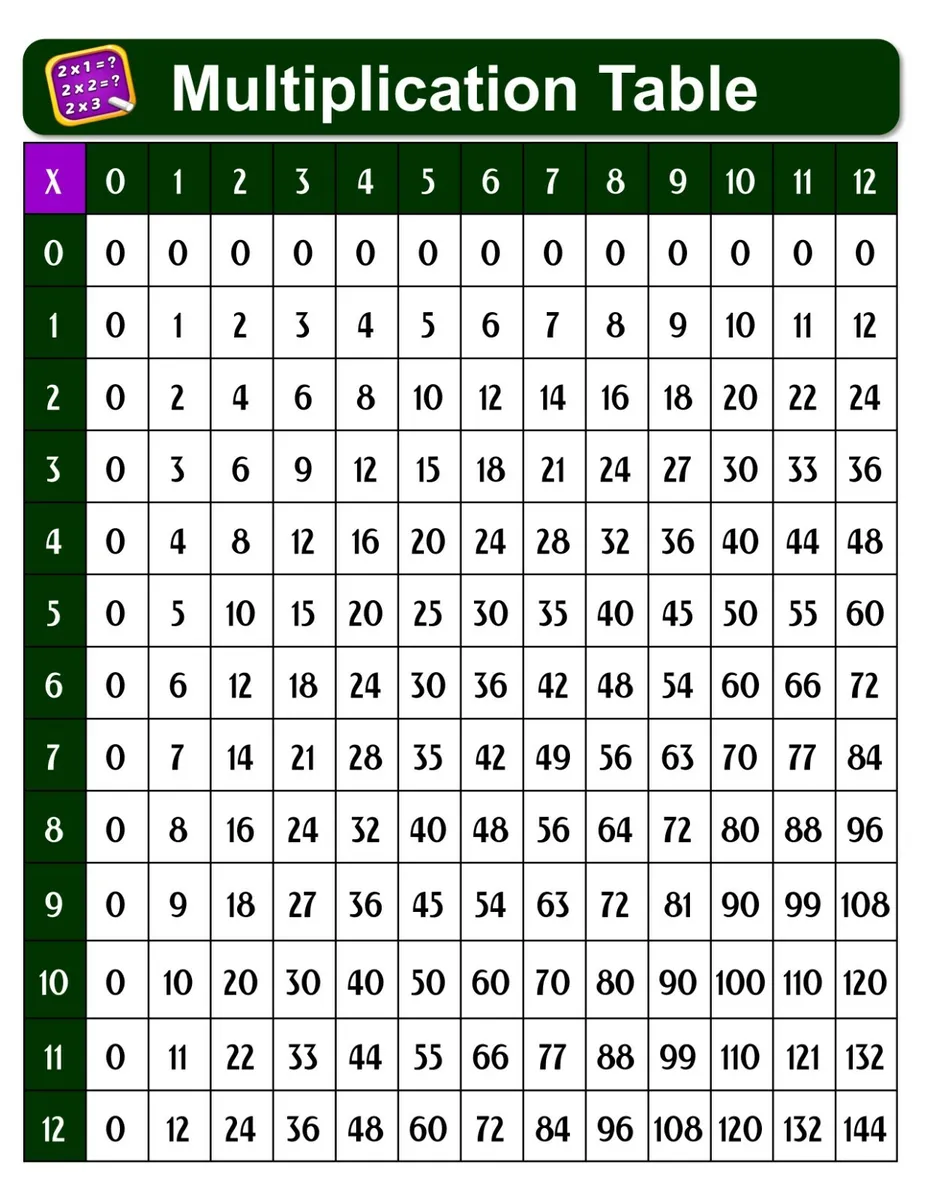Creating the Perfect Time Table Chart for Your Child: A Step-by-Step Guide for Parents
Welcome, super moms and dads! Are you looking to add a splash of structure to your kiddo’s daily routine? Fear not, because you’re about to embark on a magical journey into the world of time table charts! Whether your little one is a peppy preschooler or a tenacious tween, a well-crafted time table can bring harmony to the hustle and bustle of everyday life.
Understanding the Importance of Time Table Charts for Kids
Before we dive into crafting that oh-so-important chart, let’s chat about why they’re as essential as that morning cup of coffee. Time table charts help introduce kids to the concept of time management, foster independence, and reduce the morning mayhem that often accompanies the race to the school bus. Plus, a clear timetable paves the way for better focus and a smoother transition between activities—essential ingredients for a stress-reduced lifestyle!
The Basics: What to Include in Your Child’s Time Table Chart
Personalization is Key: Every child is unique, and their chart should reflect that. Begin by considering their age, attention span, and personal interests. Younger children often respond well to charts with engaging colors and images, while older kids might appreciate a more mature, text-based approach.
Consistency is Your Friend: Although personalization is important, strive for a consistent structure. Essential elements to include are wake-up times, meal times, school hours, homework slots, playtime, and the oh-so-important bedtime.
Flexibility for the Win: While consistency is great, a rigid plan can spell disaster. Life is unpredictable—sick days happen, and impromptu playdates pop up. Design your time table to be adaptable to life’s little twists and turns.
Step 1: Gathering Your Supplies
All great quests start with the right tools. For this chart-making adventure, you’ll want to gather up items such as poster board or a whiteboard, colorful markers, stickers or images for visual cues, and possibly some magnets or Velcro if you’re feeling extra crafty. These supplies will make the chart creation not just educational, but also a heap of fun!
Step 2: Structuring the Day
Crack open those planners, parents—it’s time to get down to business. Sit down with your child and talk through a typical day, jotting down necessary activities and approximate times. Make sure to leave gaps for leisure and spontaneous activities, as these moments are just as crucial for your little one’s development.
Tip Alert: Involving your child in this process gives them a sense of ownership and makes them more likely to buy into the chart’s structure. Plus, it serves as a great bonding moment!
Step 3: Laying Out the Visuals
Once you have the structure of the day down, it’s arts and crafts time! Work together to create clear and attractive sections on your chart for different times of day. Use colors to differentiate between types of activities—blue for relaxation, green for learning, and maybe yellow for those energizing playtimes. Consider using icons or stickers that resonate with your child’s interests—like a book for reading time or a ball for sports practice.
Keep your audience in mind—if reading isn’t their forte yet, pictures will be your storytelling heroes. For the older lot, words might be more their jam. Above all, ensure that the end result is something your child is excited about; after all, they’re the star of this show!
Buckle up for invaluable strategies to maximize the effectiveness of your child’s brand-new time table chart, all coming up in the next segment. But remember, the secret ingredient is always love—sprinkle it generously as you craft this tool together, and watch as it transforms your daily dance into a harmonious ballet. Stay tuned!

5 Essential Tips for Parents Preparing a Time Table Chart for Kids
Alright, captains of creativity! As you venture into the vibrant world of time table charting, here are five pearls of wisdom to guide your ship to the shores of success:
Tip 1: Know Thy Child
Take a moment to truly understand your child’s rhythms and preferences. Does your budding artist thrive in the quiet mornings or the tranquil twilight? Is your mini athlete all about the after-school action? Tailoring the time table to your child’s natural inclinations can enhance their engagement and productivity.
Tip 2: Set Realistic Expectations
While you may be tempted to pack the day with back-to-back activities, remember that kids need downtime too. Over-scheduling can lead to burnout and resistance. Keep expectations reasonable and achievable, ensuring there’s enough time for rest and free play.
Tip 3: Consistent Bedtimes and Wake-up Calls
Like the sun rising and setting, regular sleep and wake times provide a comforting framework for your child’s day. Ensure that these bookends to the day are as consistent as possible, paving the way for a well-rested and ready-to-learn youngster.
Tip 4: Collaboration is Key
Involve your child in the planning process. Let them choose some activity stickers or help decide what goes where on the chart. The more involved they are, the more they’ll understand the concept and the responsibilities that come with it.
Tip 5: Regular Reviews and Tweaks
A time table isn’t set in stone. It’s a living, breathing guide that adapts to your child’s growth and changing needs. Schedule regular reviews to fine-tune the chart, ensuring it remains relevant and helpful.
Bringing It All Together: The Creation Process
With wisdom in your heart and markers in your hand, it’s time to bring your child’s time table chart to life! Remember, this isn’t just about time management—it’s about creating joy in everyday routines, instilling a lifelong skill, and making memories along the way.
Lay out your chart on a large visible board, creating sections for each day and time slots for activities. Use a mix of words and visuals to suit your child’s reading level or attention span. Don’t hesitate to get creative—how about glitter for special occasions or a star system for completed tasks?
As you draw, write, and sticker your way to a finished time table chart, keep an eye on its usability. Is it easy for your child to understand at a glance? Can they tell what’s next after lunchtime? Clarity is the guiding star here, so ensure each part of the timetable stands out and speaks to them.
Finally, display the chart proudly in a common area. Make it a centerpiece of daily reference, a topic of conversation, and a proud display of your joint effort.
As the days unfold, enjoy watching your child grow into a little master of time, equipped with the confidence to tackle their days with structure and fun. Sure, there may be bumps along the way—after all, perfection is a journey, not a destination. But with each tweak and each day, you’ll be crafting not just a timetable, but a childhood filled with the joy of accomplishment and the comfort of routine.
The adventure doesn’t end here, diligent planners. There’s a whole world of parenting gold on the horizon—tips for maintaining the schedule, navigating hiccups, and celebrating the wins. So, keep those markers capped, but don’t tuck them away just yet; there’s always room for fresh color on the canvas of family life!
For more great fun click here. For more information see here
Disclaimer
The articles available via our website provide general information only and we strongly urge readers to exercise caution and conduct their own thorough research and fact-checking. The information presented should not be taken as absolute truth, and, to the maximum extent permitted by law, we will not be held liable for any inaccuracies or errors in the content. It is essential for individuals to independently verify and validate the information before making any decisions or taking any actions based on the articles.




